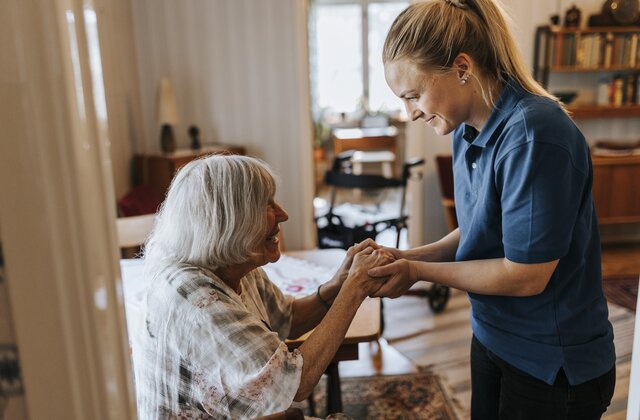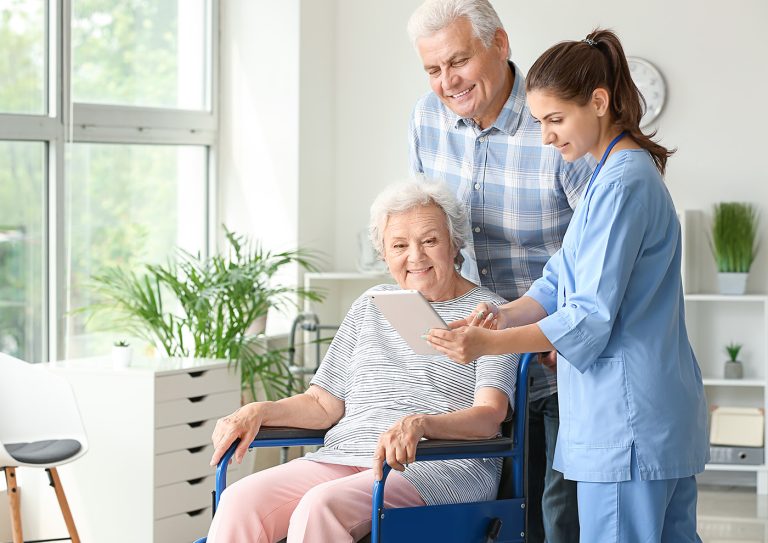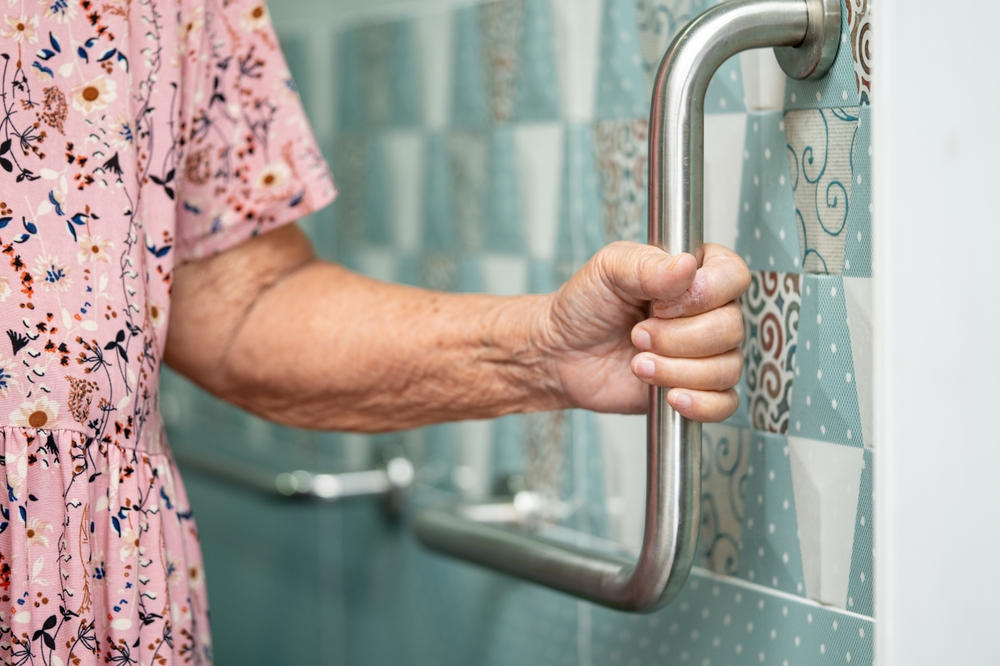As the population ages, there is an increasing need for technologies that can assist the elderly in maintaining their independence while ensuring their safety. Government programs for fall detection devices are becoming more prevalent as a solution to help family caregivers and individuals. These programs aim to provide financial assistance, resources, and support for acquiring and using fall detection devices. This article will explore these programs, their benefits, and how they can be accessed by those in need.

Understanding Fall Detection Devices
Before diving into the specifics of government support, it’s essential to understand what fall detection devices are. These devices are designed to monitor and detect falls, sending alerts to caregivers or emergency services. They can be worn as wearable technology, such as pendants or watches, or be part of home systems with sensors and cameras.
Types of Fall Detection Devices
There are various types of fall detection devices available in the market. Some of the most common types include:
- Wearable Devices: These are usually worn around the neck or wrist and use sensors to detect sudden movements or impacts.
- In-Home Systems: These systems use sensors placed around the home to monitor movement and detect falls.
- Smartphone Apps: These apps use smartphone sensors to detect falls and send alerts.
Each type has its own set of features and benefits, making it important for individuals to choose the one that best fits their needs.
The Role of Government Programs
The importance of fall detection devices for the elderly cannot be overstated, as these devices play a crucial role in preventing serious injuries and providing peace of mind to family caregivers. Recognizing this, various government programs have been established to support the acquisition and use of these devices.
Types of Government Support
Government support for fall detection devices can come in several forms:
- Financial Assistance: Programs offering grants or subsidies to help cover the cost of fall detection devices.
- Technical Support: Assistance with setting up and maintaining these devices.
- Educational Resources: Providing information and training on how to use these devices effectively.
These programs aim to make fall detection technology more accessible and affordable for those who need it most.
How to Access Government Programs
Accessing government programs for fall detection devices requires understanding the eligibility criteria and application processes. Here are some steps to guide you:
1. Research Available Programs
Start by researching the different programs available in your area. This can be done by visiting government websites or contacting local agencies that work with the elderly.
2. Determine Eligibility
Each program has its own set of eligibility criteria, which may include age, income level, or specific medical conditions. It’s crucial to determine if you or your loved one qualifies for the program.
3. Apply for Assistance
Once eligibility is confirmed, the next step is to apply for the program. This usually involves filling out an application form and providing necessary documentation, such as proof of income or medical records.
Benefits of Fall Detection Devices
Using fall detection devices offers numerous benefits, particularly for the elderly and their caregivers:
- Increased Safety: These devices can quickly alert emergency services, reducing the time it takes to receive help after a fall.
- Peace of Mind: Family members and caregivers can feel more at ease knowing their loved ones are being monitored.
- Independence: Elderly individuals can maintain their independence while knowing help is just a button press away.
Challenges and Considerations
While the benefits are significant, there are also challenges and considerations to keep in mind when using fall detection devices:
1. Cost
Although government programs can help, the cost of these devices can still be a barrier for some individuals.
2. Technology Limitations
Some devices may have limitations in detecting all types of falls or may produce false alarms.
3. Privacy Concerns
Devices with cameras or monitoring features may raise privacy concerns for users.
Conclusion
In conclusion, government programs for fall detection devices play a vital role in making this essential technology accessible to those who need it most. By providing financial assistance, technical support, and educational resources, these programs help ensure that the elderly can live safely and independently. For more information on how to enhance elderly safety and explore independent living solutions, visit privacy-friendly solutions for elderly safety and smart elderly care solutions.

FAQs
1. What are the best fall detection devices available?
There are several reputable fall detection devices, including those from brands like Philips Lifeline and Medical Guardian. Each device offers different features, so it’s essential to choose one that meets your specific needs.
2. How do government programs assist with fall detection devices?
Government programs provide various forms of support, including financial assistance, technical help, and educational resources to make fall detection devices more accessible and affordable.
3. Are there any privacy concerns with fall detection devices?
Some devices with cameras or monitoring features may raise privacy concerns. It’s important to choose a device that balances safety with privacy, such as those that offer privacy-friendly solutions.
This article contains affiliate links. We may earn a commission at no extra cost to you.






